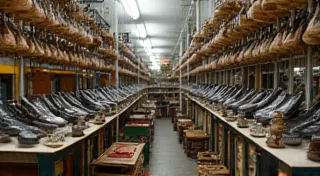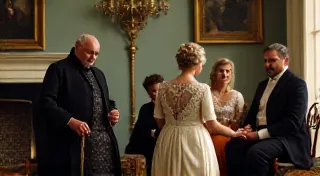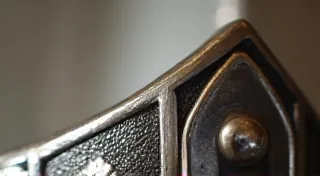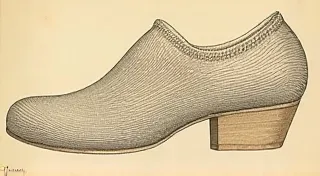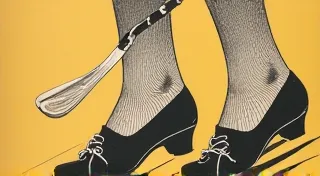The Markings on Vintage Shoehorns: Understanding Hallmarks and Maker's Marks
Welcome to the fascinating world of vintage shoehorn collecting! While their function might seem simple – assisting in the elegant act of donning shoes – these accessories hold a surprising amount of history and craftsmanship. Beyond the material and design, the markings etched, stamped, or impressed onto a vintage shoehorn can provide invaluable clues about its origin, age, and potential value. This guide will delve into the world of hallmarks and maker's marks, helping budding enthusiasts decipher these clues and deepen their appreciation for these collectible accessories.
Why Markings Matter: More Than Just Decoration
For centuries, manufacturers of fine goods, especially those made of precious metals like silver or gold, have employed markings to identify their products. These weren't just vanity; they served several important purposes:
- Identification: Hallmarks directly identify the manufacturer or silversmith responsible for the shoehorn's creation.
- Guarantee of Quality: In the past, hallmarks often served as a guarantee of metal purity and craftsmanship. Consumers relied on these marks to ensure they were receiving genuine silver or gold.
- Age Determination: Hallmarks changed over time, reflecting evolving regulations and manufacturing practices. Understanding these changes can help estimate a shoehorn's age.
- Value Assessment: Rarer or more prestigious hallmarks can significantly impact a shoehorn’s value in the collector's market.
Understanding British Hallmarks: A Detailed Look
Britain has a long and complex system of hallmarks, particularly for silver. Here's a breakdown of the key marks you're likely to encounter on vintage British shoehorns:
- The Maker's Mark (Sponsor's Mark): This is the most important mark. It identifies the silversmith or manufacturer who commissioned the piece. Look for a small, often stylized, symbol or a combination of letters. Researching these marks is key to identifying the shoemaker.
- The Assay Office Mark: British silver needed to be assayed (tested for purity) by one of four Assay Offices: London, Birmingham, Sheffield, and Edinburgh. This mark indicates which office performed the assay. Each office has a unique symbol.
- The Standard Mark: This mark indicates the fineness of the silver. Common marks include ‘Sterling’ (indicating .925 fineness), ‘Britannia’ (also .958 fineness), or a numerical representation of the silver content.
- The Date Letter: This letter changes annually and indicates the year the piece was assayed. It's essentially a chronological marker. Date letter guides are readily available online and in antique reference books.
- The Crown Mark: This mark indicates that the piece has been correctly assayed and meets the required standard.
Example: A shoehorn might bear marks for “WS” (William Spratt), the London Assay Office leopard’s head, “Sterling,” the letter “n” (for 1914), and a crown. This tells us the shoehorn was made by William Spratt in London in 1914 and is sterling silver.
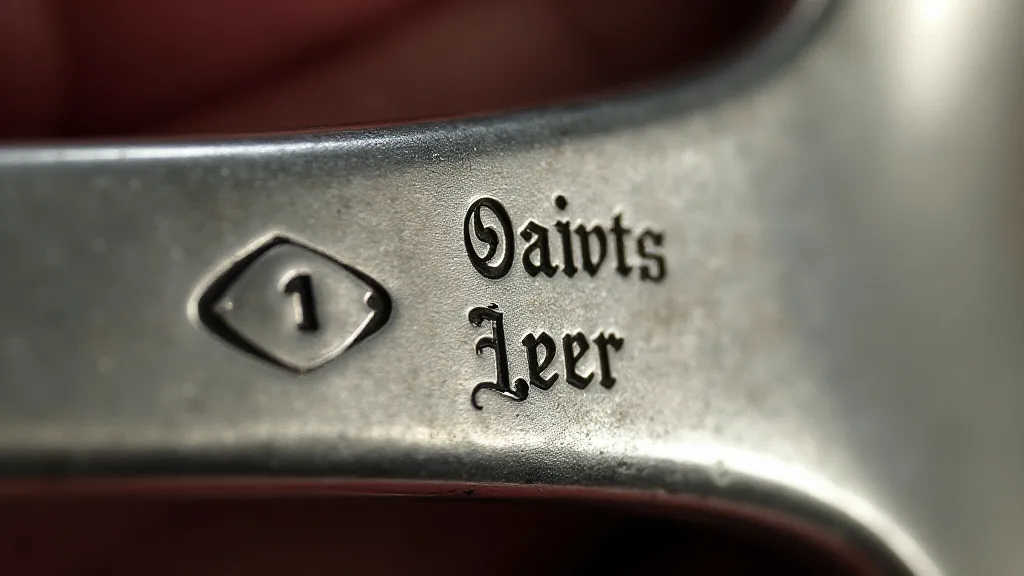
American Markings: Less Formal, But Still Informative
American markings on vintage shoehorns are generally less standardized than British hallmarks. You're less likely to find extensive assay marks, but other markings can still be revealing:
- Maker's Marks: These can be the manufacturer’s name, a company logo, or a stamped abbreviation. Researching these marks is crucial.
- Patents: Shoehorns incorporating patented designs will often display patent numbers. This can help narrow down the production date.
- Importer's Marks: If the shoehorn was imported, you might find the mark of the importing company.
- Retailer's Marks: Sometimes, retailers would stamp their name on products they sold.
While the absence of formal hallmarks isn’t necessarily detrimental to a shoehorn's value, identifying the maker remains the key to understanding its history.
Continental European Markings: Diverse and Complex
Markings on vintage European shoehorns, particularly from countries like France, Germany, and Austria, present a diverse and often complex picture. Each country had its own system, often influenced by regional traditions and evolving regulations.
- France: Look for "Minerve" marks for silver, indicating a specific standard of fineness. Maker’s marks are also common.
- Germany: German silver often bears marks indicating the fineness (e.g., "800" or "925") and the maker.
- Austria: Similar to Germany, Austrian silver might display fineness marks and maker's marks.
Researching these marks often requires specialist knowledge and resources specific to each country.
Beyond Precious Metals: Markings on Base Metal Shoehorns
Not all vintage shoehorns were made of silver or gold. Many were crafted from base metals like brass or steel. While these shoehorns are typically less valuable than their precious metal counterparts, markings can still provide valuable information:
- Manufacturer’s Marks: Similar to American markings, these indicate who made the shoehorn.
- Patent Marks: Designs might have been patented, leading to markings indicating the patent.
- Trade Names: The shoehorn might bear a trade name indicating the manufacturer's brand.
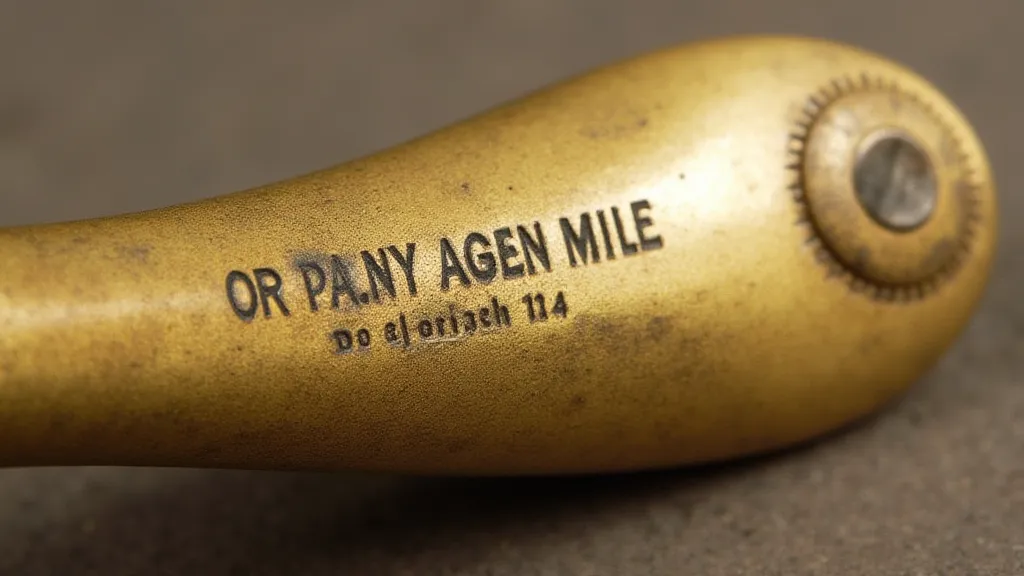
Resources for Identifying Marks
Identifying marks can be challenging, but several excellent resources are available:
- Online Databases: Numerous websites specialize in identifying hallmarks and maker's marks.
- Antique Reference Books: Several books catalog hallmarks and maker’s marks from different countries.
- Antique Dealers and Collectors: Experienced antique dealers and seasoned collectors can offer valuable insights.
- Museum Archives: Museum archives sometimes hold records of manufacturers and their markings.
Conclusion: Appreciating the Details
Decoding the markings on vintage shoehorns is more than just a detective’s game; it's a gateway to understanding the history, craftsmanship, and artistry behind these often-overlooked accessories. By learning to identify hallmarks and maker's marks, you can deepen your appreciation for these collectible items and gain a richer understanding of their place in fashion history. The next time you examine a vintage shoehorn, take a closer look – the markings might tell you a fascinating story.

